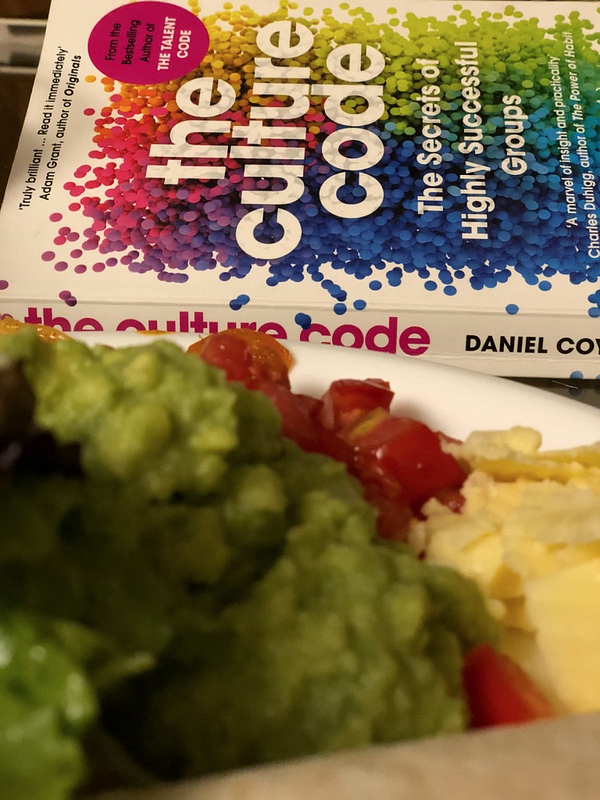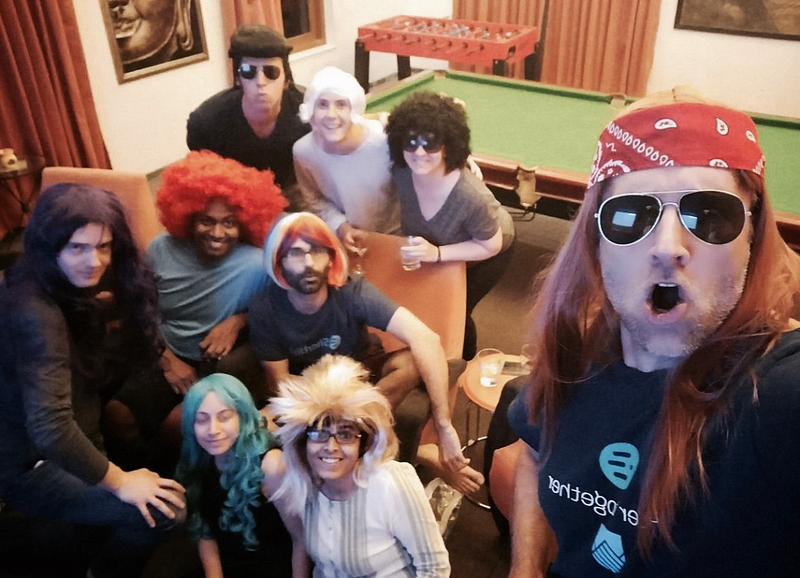This post originally appeared on PCDN, in their Future of Work in Social Change Career Series. See https://pcdnetwork.org/blogs/sparking-talent-race-top/.
The last time I applied to jobs (admittedly, a few years ago now), it was a miserable experience. Dozens of applications, dozens of hours wasted on job boards and cover letters, and what did I have to show for it? Nothing. No interviews, at most only a handful of form rejections. It was mostly a big, yawning black hole. And how did this experience make me feel? Like crap!
Imagine a similar dynamic playing out literally millions of times every day around the world. In India and Kenyaーthe two markets where we workーover a million people join the workforce each month, and the typical job posting gets upwards of 1,000 or more applicants. We’ve all heard the horror stories of millions of people applying for a few thousand jobsーand I’d wager my next paycheck that 90%+ of those applicants never got so much as a courtesy rejection. This is totally demoralizing!
As we’ve gotten to know these talent markets better, I’m increasingly convinced that this breakdown in trust and respect creates a vicious cycle of wasted time and bad outcomes for both the employer and the candidate. Instead of a “race to the top,” it’s a race to the bottom. In this race, candidates lose faith in the fairness and transparency of the job market, driving them to apply to jobs blindly and without any research into the role or company (i.e., “spray and pray”), while companies are so flooded by resumes that they don’t have time to carefully weigh the merits of each application or respond with a status update or rejection.
Exacerbating the problem, job boards have made it easy to apply with one-touch applications, leading many jobseekers to apply to every single open job every day for weeks. And so called data-driven approaches like automated CV keyword searches only incentivize jobseekers to add meaningless buzzwords by the handful, hoping the job board and application tracking system filters will catch them and move them higher in the pile.
Let’s be clear: I don’t think anyone is winning in this current state of affairs. Companies are drowning in resumes and resorting to old-school, bias-heavy approaches like screening only for top academic institutions or known companies to cut through the noise. And jobseekers are not rewarded for deeply researching a role or company and taking their time assembling strong applications that show what they can do and why they’d be great.
So, if much of the market is racing to the bottom…what might companies and employers do to spark a talent race to the top?
- Make it worth the effort to try: Right now, there’s not much rewarding candidates for taking the time to learn about a company, work hard on an application, and follow up professionally. There are various ways we could incentivize good behavior and deliver more value to jobseekers. We can communicate expectations more clearly on both sides, and be clear about what the overall process will look like. Make it easy to learn more about the company, with compelling job descriptions and links to further information. Communicate excitement about the role and the impact (social or otherwise) you can have on the job. Gamify the process and use icons that visually reinforce best practice (🌟🎖🏆🏅💚). Offer tips and tools on how best to interview, what skills or competencies will matter most in the role and which traits the hiring manager will be looking for.
- Be human: The job search often feels inhuman, and it has been made even worse in some ways by the digitization of many steps of the search and application process. But an increasingly digital process doesn’t have to be an increasingly cold and inhumane one! Use technology, but make it fun. Invest in well-designed UI/UX. Share personal anecdotes and success stories of current employees and past applicants. Use engaging graphics and emojis (🏄😇💪💥). Don’t be afraid to send an email, make a phone call. Try not to unnecessarily prolong the process (e.g., don’t wait over a week to review an application; don’t stretch processes over 2+ months and 10+ interviews). Use the candidate’s first name every chance you can. In the interview process, show empathy and gratitude for the candidate’s effort and interest in your company. When closing the candidate out, avoid “corporate speak” and give it to them straight, and respect the effort they put in.
- Deliver value at every turn: Let’s be honest: applying for jobs is grueling and many candidates face 99 rejections for even 1 promising interview. How can we make sure that every candidate, even those we ultimately pass on, get value from the process? To the extent practical, we can provide feedback on why people didn’t get the job. Provide advice about how to make a better application next time and resources about the employer’s industry or the function the person applied to (e.g., a generic white paper on how to prepare for a career as a finance manager or UX designer). Suggest other positions within the company that could be a good fit, and email as similar positions come up in the future. Invite applicants to informational events in the future or networking events to meet other young professionals with similar interests.
- Be transparent: Black holes suck. It’s bad enough to be rejected from a job you want; it’s even worse when you don’t hear anything at all, one way or the other. Be clear up front what the role requires and the criteria that will be used in deciding who to interview and hire. Acknowledge that you’ve received an application and that you’re reviewing it. If it’s been awhile and you still haven’t made a hire, let candidates know that the hiring process is still underway, and acknowledge the understandable eagerness they may feel for a resolution. And above all else, let people know if you decide not to proceed with them (and bonus points for actual feedback!).
- Make the process fair: Recruiting processes are riddled with bias at every turn. Resume screening is often based more on recognizable school or company brand names more so than any real markers of ability to do the job. Interviewing is notoriously biased, with most decisions made in the split-second upon meeting and confirmed with conversational trajectories subconsciously directed to confirm initial impressions rather than objectively assess fit. To make the process more fair, invest in tech-enabled screening that vets candidates on objective factors that have been determined in advance. Use skill and other competency assessments to gauge what a candidate can do, rather than just what they say they’ve done. Collect the same information and data-points on each candidate so you can compare apples to apples. Interview in a structured format, with clear notions of what you’re looking for, and what makes for a good and bad answer. Make every effort to make sure the playing field is level, making sure the best and most deserving really do rise to the top.
At Shortlist, we’re trying to build a better way to hire, one that will use a combination of tech and human touch to scale these “better behaviors” across all our clients’ hiring processes. We create media-rich, colorful, and engaging job descriptions. Our digital application process is full of humor, progress updates, “what-to-expects,” color, and graphics. We automate application updates, letting people know they’re still in the running if the process drags and closing out all applicants. We offer dedicated applicant care, a human being candidates can call or email for help. We let employers know when candidates are waiting, offer helpful reminders about how to keep the process moving, and help with structured interviews after the first screen is done. And in the future, we hope to offer many more links and resources to help jobseekers on their journey even if they’re not selected for the job for which they applied.
Our hope is that if we can help employers engage in better behaviors, jobseekers will start to follow suit: we hope candidates in the future research jobs in advance, only apply for the jobs they really want, invest in the process, show up to interviews, negotiate in good faith, and show up on the first day of work (none of which can be taken for granted!). Let’s rev up these virtuous cycles and start a race to the top, so everyone can win.










































